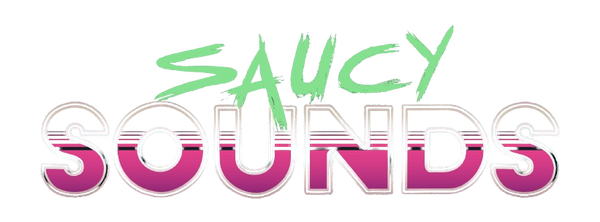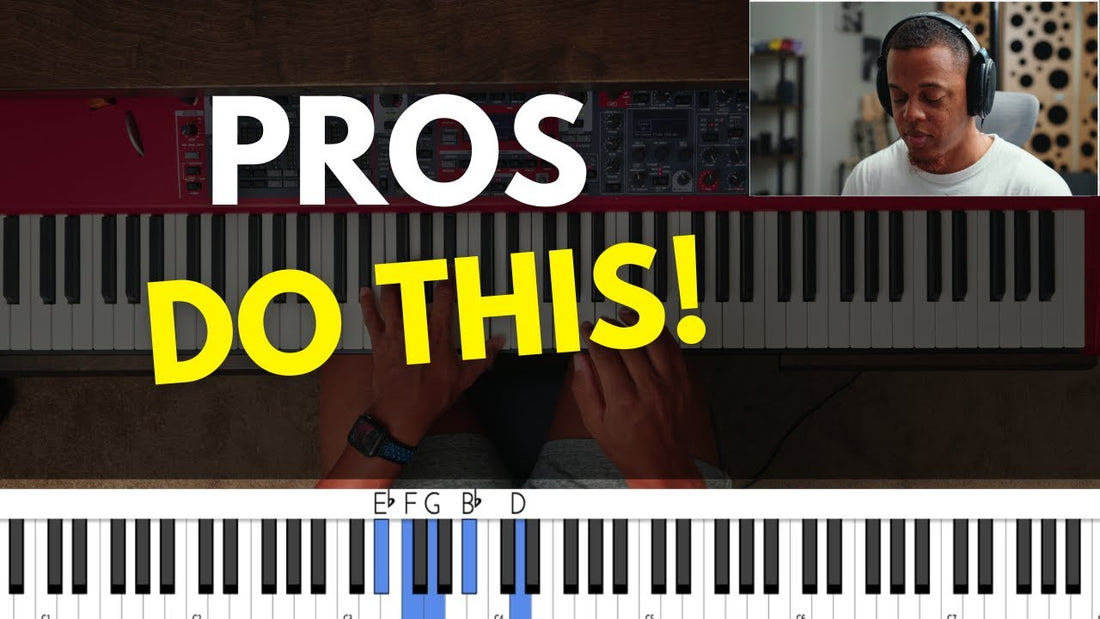
Mastering Tension and Release in Music
Share
Every professional musician knows that music is about more than just playing the right notes. It's about weaving a story with those notes, and the key to that storytelling lies in the concept of tension and release. This technique can elevate your playing, making your music not just heard, but felt. Let's dive into the nuances of this powerful tool and explore how you can incorporate it into your own playing.
Understanding Tension and Release
Tension and release are fundamental elements in music, much like the balance in life. Think about it: you can't have up without down, or left without right. It's all about contrast. Just as colors pop against a neutral background, musical notes gain depth and emotion through contrast. When everything in your musical expression is uniform, it becomes monotonous. The beauty lies in the differences, where emotions and feelings emerge.
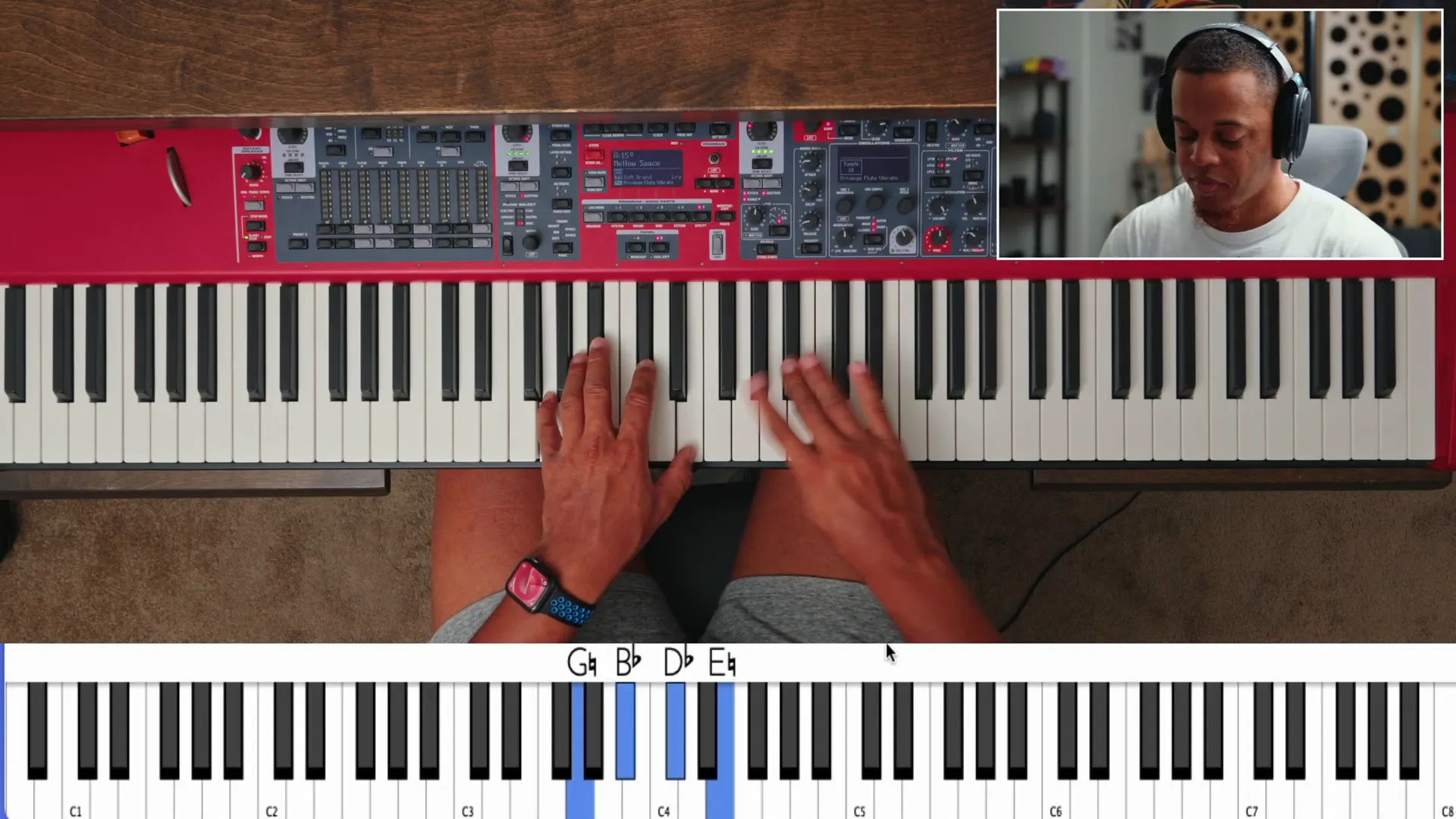
Creating Contrast
Let's consider an example. If you play every chord as a major chord, though it may sound pleasant, it can feel one-dimensional. To make your music more engaging, introduce tension. For instance, instead of repeating a C major chord, try playing a C dominant chord the second time. This subtle shift creates tension, which can lead to a more dynamic resolution.
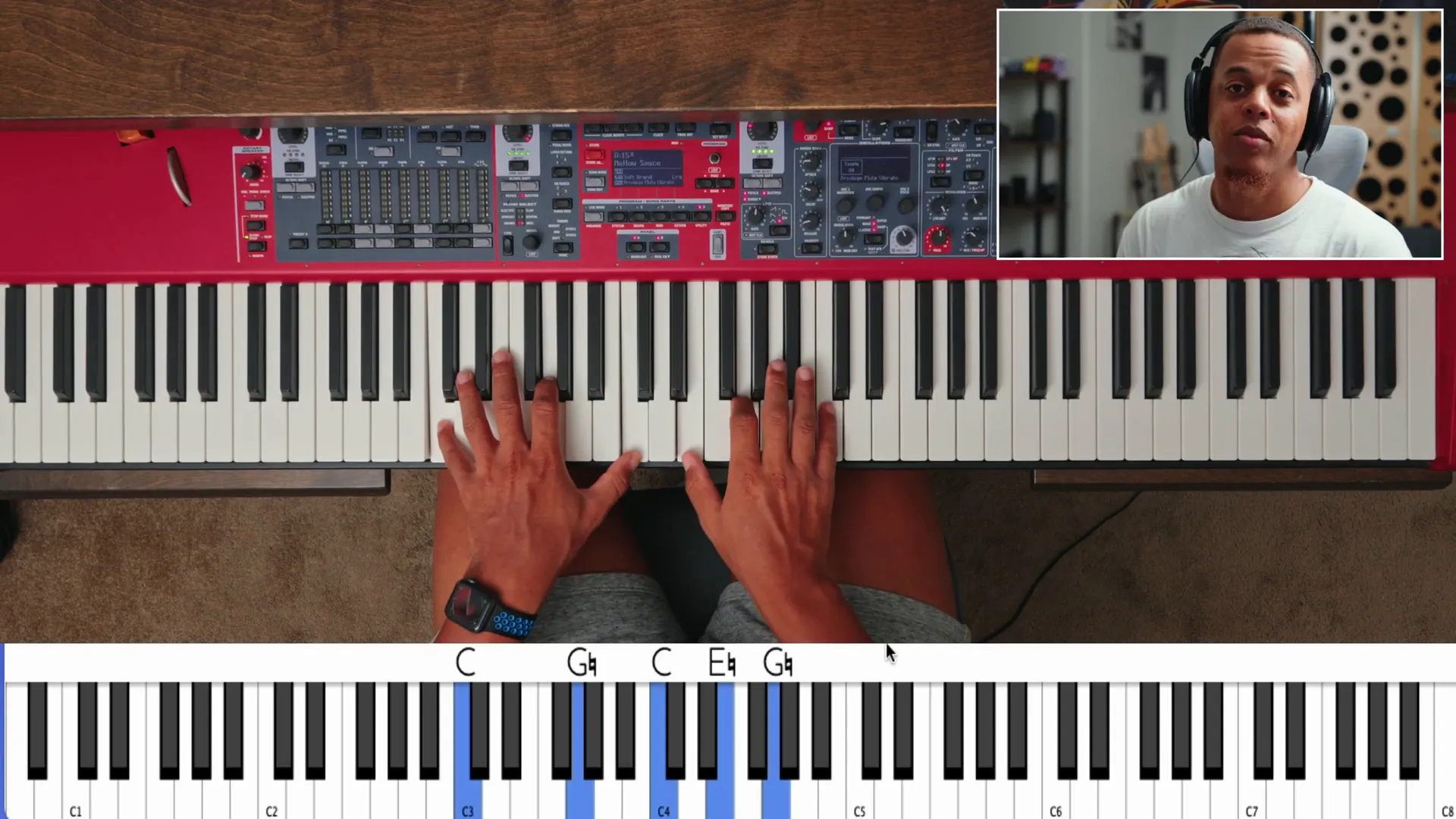
Examples of Tension and Release
Now, let's walk through some examples. A great way to understand tension and release is by experimenting with familiar songs. Take "Amazing Grace," for instance. The first chord creates tension; it's unresolved. When you shift from an A flat 7 sharp 5 sharp 9 chord, which is a dominant chord, to a more resolved sound, you can hear the difference. This interplay between unresolved and resolved chords is what makes music compelling.

The Push and Pull of Music
At its core, tension is about unresolved feelings, while release is the comforting resolution. For example, when playing "Amazing Grace," the initial chord carries tension. If you then transition to a more settled sound, like a major chord, you create a satisfying release. This push and pull can be achieved through various chord progressions and alterations.
Playing with Tension
To effectively use tension in your music, consider adding half-step clusters or altered chords. These elements can create tension and intrigue within your pieces. For example, instead of a straightforward B major chord, you could explore a B sus or a B sharp 5 sharp 9. This variation adds tension and complexity to your sound.
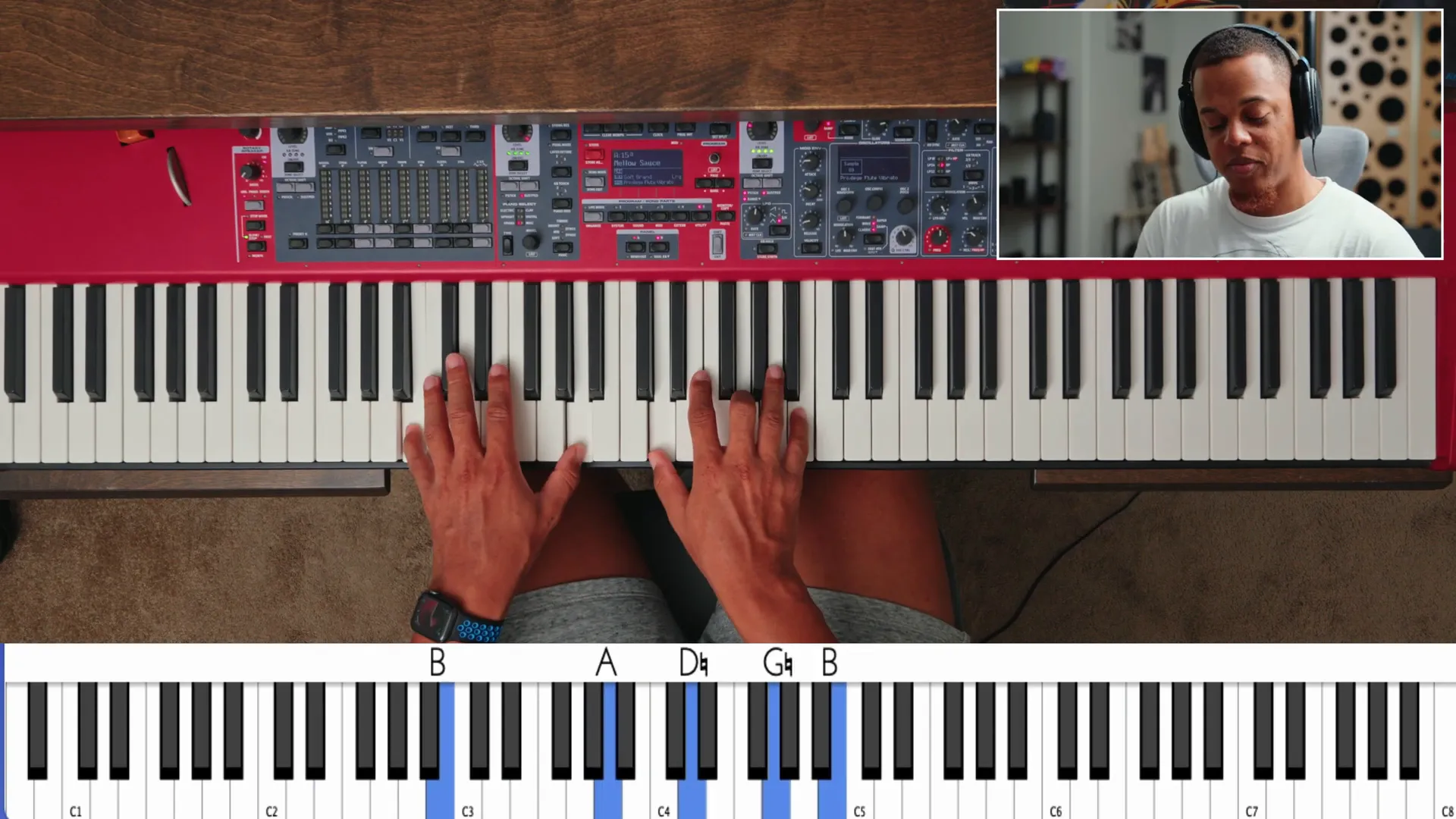
Utilizing Dominant Chords
Dominant chords are particularly effective for creating tension because they inherently contain unresolved qualities. Every dominant chord has a tritone, which is the source of its tension. By incorporating dominant chords into your progressions, you can create a sense of movement in your music. Think of it as a narrative arc, with tension leading to a resolution that feels satisfying.
Storytelling Through Music
When you play, think of yourself as a storyteller. Just like in a movie, where a plot twist keeps the audience engaged, your music should have moments of tension and release. If everything is static, it becomes boring. Introduce unexpected elements to keep your listeners on their toes.
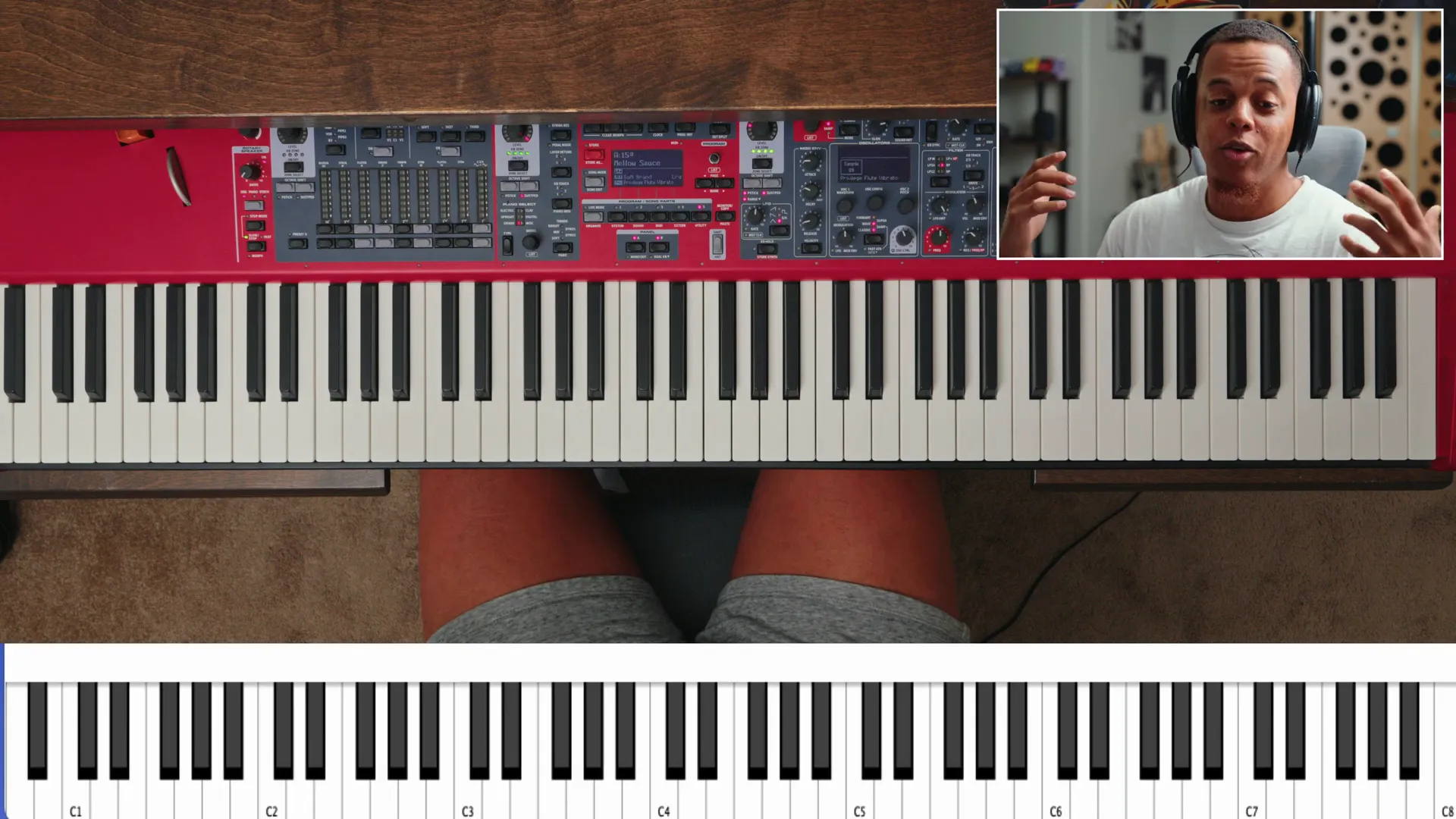
Experimenting with Your Sound
Take time to explore tension and release in your music. Whether you're playing a simple 1-4-5 chord progression or a complex piece, always look for opportunities to introduce tension. This practice is a hallmark of professional musicians, regardless of their instrument.
Conclusion
Tension and release are essential for crafting compelling music. By understanding and implementing these concepts, you can elevate your playing and connect with your audience on a deeper level. Remember, music is a journey, and every chord you play is part of that narrative. So go ahead, experiment, and have fun with it!
For more resources and tools to enhance your music journey, check out the Saucy Sounds Store for premium music production tools and sample packs.
And if you're looking for a quick reference guide, don't forget to grab the Harmony Cheat Sheet!
